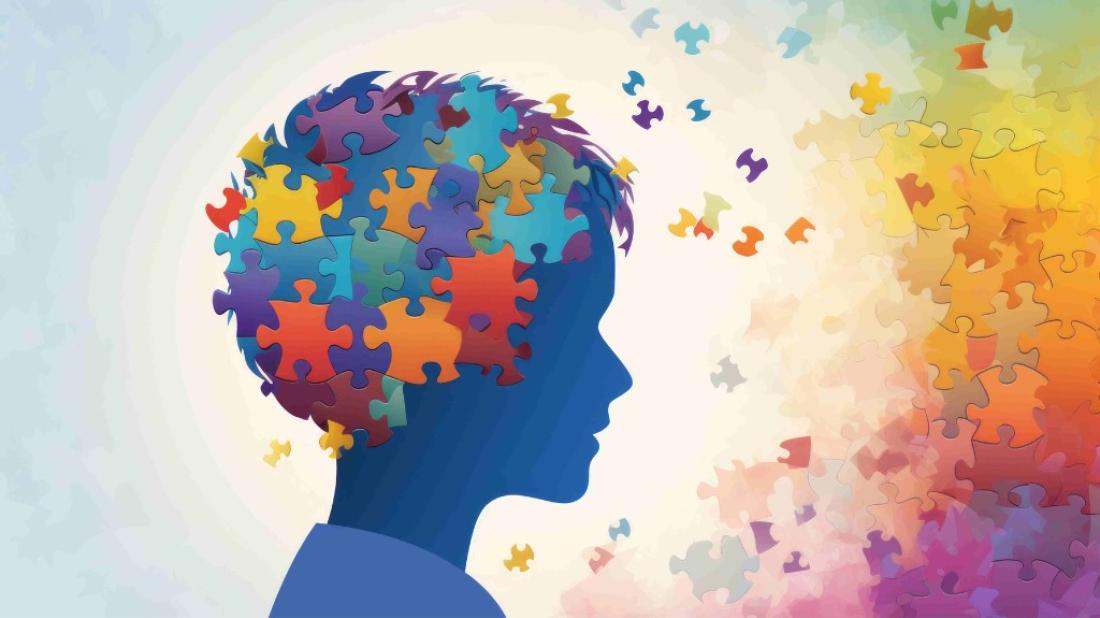The latest FAROS report deals with neurodevelopmental disorders affecting the learning of school-age children

Around 13% of young Spaniards have not finished secondary education, largely due to learning difficulties and the neurodevelopmental disorders that cause them.
Around 13% of young Spaniards between the ages of 18 and 24 have not completed secondary education. This is the second highest figure in the European Union, below Romania at 15.3%. Many factors can lead to school abandonment among young people, but—recognised in a 2011 European Parliament resolution—learning difficulties play a significant role.
The latest FAROS report released by the Escola de Salut (School of Health) at the SJD Barcelona Children's Hospital dives into some of the neurodevelopmental disorders that lead to learning difficulties. The authors note that, despite various laws, decrees and resolutions being in force to promote more inclusive education, the reality is that steps are only taken after young people have already begun to fail, as opposed to the more preferable option of preventing failure in the first place.
Progress in neuroscience in recent years has allowed for a deeper understanding of how the brain learns, demonstrating that it is not merely a matter of genetics, but that external factors also come into play. It is important for educators and families to be aware of this, as it could be of great use in reframing the teaching process—whether learning difficulties are concerned or not—to better tackle the difficulties children with neurodevelopmental disorders face, such as dyscalculia, dyslexia, ADHD or autism, among others.
The report details a wide variety of accommodations that teachers can implement in the classroom to better handle neurodiversity.
‘The family plays a significant part in a child's neurodevelopment. Many families worry that their child will face discrimination for being different. We must be there for them and help them understand their child's diagnosis, focusing more on the positive aspects and minimising the negative, while providing tools and resources to manage the child's difficulties. The family plays a key role in expanding learning opportunities’, explains Roser Colomé, a specialist in the School Learning Disorders Unit at the SJD Barcelona Children's Hospital, and work coordinator.
The report details a wide variety of accommodations that teachers can implement in the classroom to better handle neurodiversity, but it also details healthy habits that promote brain development and exercises recommended by professionals that children can do in their day-to-day life to help rewire their brain circuitry.
What are neurodevelopmental disorders (NDs)?
A broad group of heterogeneous conditions arising during brain development that are characterised by difficulties acquiring certain cognitive skills, such as speaking, reading, mathematical processing, or even attention and socialisation abilities.
These disorders, which affect between 5 and 15% of the school-age population, have a negative effect on the child's progress. They cannot be 'cured’ because they are not a disease, but rather a different form of neurodevelopment that leads to a different manner of functioning. If these disorders are not detected and the child does not receive the support required to overcome their difficulties, they face significant repercussions to their physical and mental wellbeing, as do their families.
When and how are they treated?
Neuroscience has demonstrated that there are critical periods for the development of particular skills where intervention would be most beneficial. Intervention during primary education is particularly important for deficient brain functions. By secondary school, the brain is less malleable and there is less room for intervention. In these cases, avenues are limited to researching strategies and methods to help children compensate for their learning difficulties.
The report details the signs that a child has an ND, and also covers how several disorders are diagnosed and treated: dyslexia, language disorders, ADHD, dyscalculia, autism spectrum disorder, intellectual disabilities and limited intellectual functioning.
In addition, it highlights new lines of research being followed to improve the diagnosis and treatment of neurodevelopmental disorders. One line of research being investigated at present is on identifying the biomarkers of neurodevelopmental disorders to help improve diagnosis. There are also several trials being conducted to assess the effectiveness of neuromodulation, which aims to activate or deactivate neural networks using non-invasive techniques, such as magnetic or electrical stimulation in targeted regions of the brain.
These techniques have begun to be applied in clinical trial frameworks to treat symptoms associated with NDs, primarily in cases of ADHD and the autism spectrum disorder: impaired social communication, restricted or repetitive behaviours, irritability, hyperactivity, depression and other deficiencies. Despite some promising data, at present they have no applications in clinical practice.
These disorders affect between 5 and 15% of the school-age population.
Family and school interventions
In recent years, it was discovered that heartbeat, blood pressure, breathing rate and body posture all have a bearing on brain function. ‘It is vital that all families with children—with or without a neurodevelopmental disorder—know the importance of encouraging healthy habits, as we now know they have a direct influence on brain development, and therefore, on learning ability. Habit changes will not resolve the situation for children already diagnosed with an ND, but they could certainly help’, adds Colomé.
Several studies have shown that body posture influences our learning ability, memorisation, attention levels and our self-esteem. Keeping your body upright, with your chest out and eyes up can improve your mood and your cognitive abilities.
Authors of the report consider physical activity an essential tool in restructuring brain networks, and improving neuroplasticity, memory and self-control. That is why they propose schools implement at least one 30-minute session of physical exercise every day (aerobics, coordination/strength training, yoga, etc.). They also highlight the importance of teaching children deep breathing and mindfulness exercises, as these help activate brain regions crucial for cognition, memory and emotional processing.
Proper sleep also helps neurogenesis. It is advised that children ages 8 to 11 get at least 11 hours of sleep at night, with nine hours for teenagers. The authors of the FAROS report believe that the current school day timetable does not help matters: while classes begin at eight in the morning, studies have shown that by beginning just an hour later, academic results improve.
Gut bacteria also play a role in brain development, with some even impacting behaviour and cognitive performance. That is why children require a healthy diet to support their brain development.
Academic accommodations to facilitate learning
A flexible curriculum is essential, especially when it comes to learning processes. The report details a slew of adaptations and accommodations for teachers in all stages of mandatory education to use in their classrooms and during exams when students have some kind of ND.
The authors note that these measures do not modify the curriculum, but rather make accommodations and adaptations in the classroom to help children with NDs learn. They explain that adaptations are considered from the first year of primary education, for example, flexible groups and individual or group support, which are essential at helping children overcome any reading or mathematics difficulties. In the following years, they advise creating an individualised plan for each student, with measures and specific support methods suited to them in particular. This allows them to stay motivated and accepted by their peers, and acquire their basic skills. In secondary school, the methods used must be agreed on by the student, and time should be allocated to help them accept their neurodiversity and the support they receive.
For students with language disorders, for example, the authors recommend teachers supplement their explanations with images, diagrams or graphs, provide new topic vocabulary in advance, and recap relevant information at the end of the class. For children with dyslexia, they advise providing information in an alternative format, such as audiovisually, and providing useful studying techniques.
For students with ADHD, teachers are recommended—among many other options—to have the student sit in a quiet part of the classroom, actively involve them in the class to keep hold of their attention and promote eye contact during explanations.




